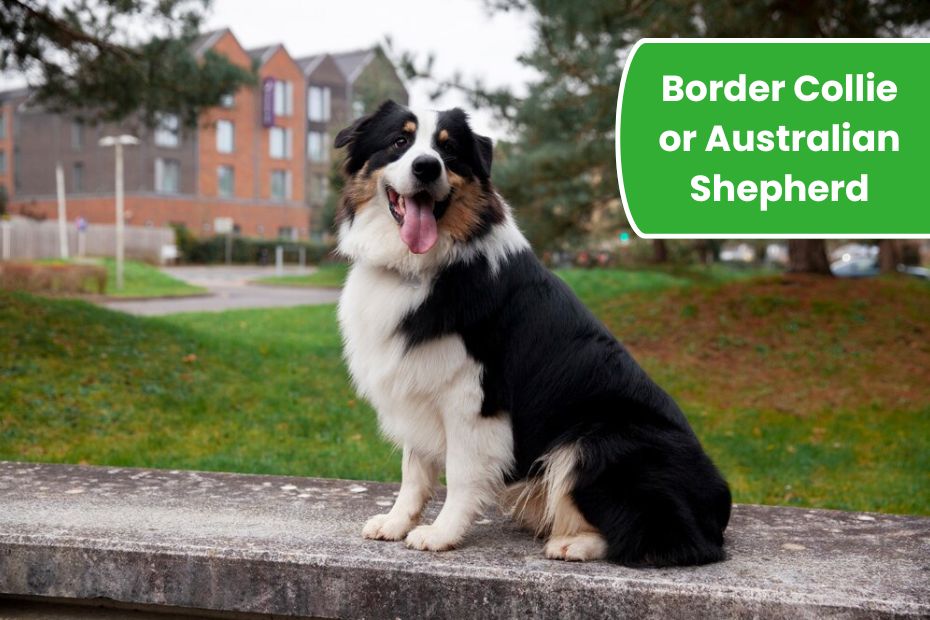Saint Bernards and English Mastiffs are two of the most iconic giant dog breeds. Known for their size and gentle personalities, these dogs make wonderful family companions. However, they differ in many aspects, from their origins to their care requirements. This guide will help you compare them.
Origins and History
The Saint Bernard hails from the Swiss Alps, bred by monks for rescue work. Their thick coats and robust bodies helped them survive harsh alpine conditions. On the other hand, the English Mastiff has ancient British roots, originally used as a guard and war dog. Both breeds have heroic histories.
Physical Appearance
Saint Bernards are massive with a distinct, heavy coat that can be either short or long. Their expressive faces and droopy eyes are heartwarming. English Mastiffs are even larger in body mass, with a muscular build and short coat. Both breeds boast impressive size but with different visual appeals.
Temperament and Personality
Saint Bernards are famously gentle, patient, and excellent with children. They are friendly and calm but may be a bit more playful. English Mastiffs are dignified, loyal, and protective, making them excellent guardians. Both breeds are affectionate but the Mastiff tends to be more reserved with strangers.
Training and Socialization
Training a Saint Bernard requires patience due to their independent streak, but they respond well to gentle methods. English Mastiffs are intelligent but can be stubborn, needing consistent and firm yet kind training. Early socialization is crucial for both to ensure they grow into well-mannered adults.
Exercise Requirements
Despite their size, Saint Bernards do not require intense exercise. Daily walks and moderate playtime suffice. English Mastiffs are similarly low-energy, preferring short walks and relaxed activities. Both breeds are prone to joint issues, so exercise should be gentle to avoid health complications.
Grooming and Maintenance
Saint Bernards need regular brushing, especially long-haired variants, to manage shedding. Bathing should be done as needed to keep their coats clean. English Mastiffs have a short coat that requires minimal grooming but shed year-round. Both breeds need routine ear cleaning, nail trimming, and dental care.
Health and Lifespan
Saint Bernards typically live 8-10 years, with common health issues like hip dysplasia and heart problems. English Mastiffs share similar health risks but may face additional concerns like bloat. Their lifespan averages 6-10 years. Regular vet check-ups and weight management are essential for both breeds.
Family Compatibility
Both Saint Bernards and English Mastiffs excel as family dogs. Saint Bernards are especially known for their gentle nature with children. English Mastiffs, while protective, are calm and tolerant around family members. Due to their size, supervision is always necessary with small kids to prevent accidental knocks.
Living Space Needs
Saint Bernards adapt to larger homes with yards but can adjust to smaller spaces with enough outdoor time. English Mastiffs prefer spacious environments but are generally couch potatoes indoors. Regardless of home size, both breeds require a calm, comfortable space to accommodate their giant stature.
Cost of Ownership
Owning a Saint Bernard involves costs for grooming, food, and healthcare, averaging $1,500–$2,500 annually. English Mastiffs, due to their larger food intake and potential health issues, may cost $2,000–$3,000 per year. Both require significant financial commitment, considering their size and care demands.
Saint Bernard vs. English Mastiff Comparison Table
| Feature | Saint Bernard | English Mastiff |
|---|---|---|
| Origin | Swiss Alps (Rescue Dog) | England (Guard & War Dog) |
| Size | 120–180 lbs, up to 30 inches tall | 160–230 lbs, up to 30 inches tall |
| Temperament | Gentle, friendly, playful | Loyal, protective, calm |
| Exercise Needs | Moderate daily walks | Short walks, low-energy |
| Grooming | High (shedding & coat care) | Low (minimal coat maintenance) |
| Health Concerns | Hip dysplasia, heart issues | Hip dysplasia, bloat, joint issues |
| Lifespan | 8-10 years | 6-10 years |
| Family Compatibility | Excellent with kids & families | Great with families, protective |
| Living Space Needs | Best with yards, adaptable indoors | Prefers spacious homes, couch potato |
| Annual Cost | $1,500–$2,500 | $2,000–$3,000 |
Conclusion
Choosing between a Saint Bernard and an English Mastiff depends on your lifestyle and preferences. Both breeds offer loyal companionship and a gentle presence. Consider their care needs, health risks, and space requirements carefully before making a decision. Either way, you’ll gain a loving, giant friend.
FAQ’s
Which breed is better for first-time dog owners?
Saint Bernards are often better for first-time owners due to their friendly, forgiving nature. English Mastiffs require experienced handling because of their size and protective instincts.
Do Saint Bernards drool more than English Mastiffs?
Yes, Saint Bernards are known to drool more frequently, especially after eating or drinking. English Mastiffs also drool but typically to a lesser extent.
Can either breed live in an apartment?
Both breeds can adapt to apartment living with enough exercise and space, but it’s not ideal. Larger homes with yards are better suited for their size and comfort.


